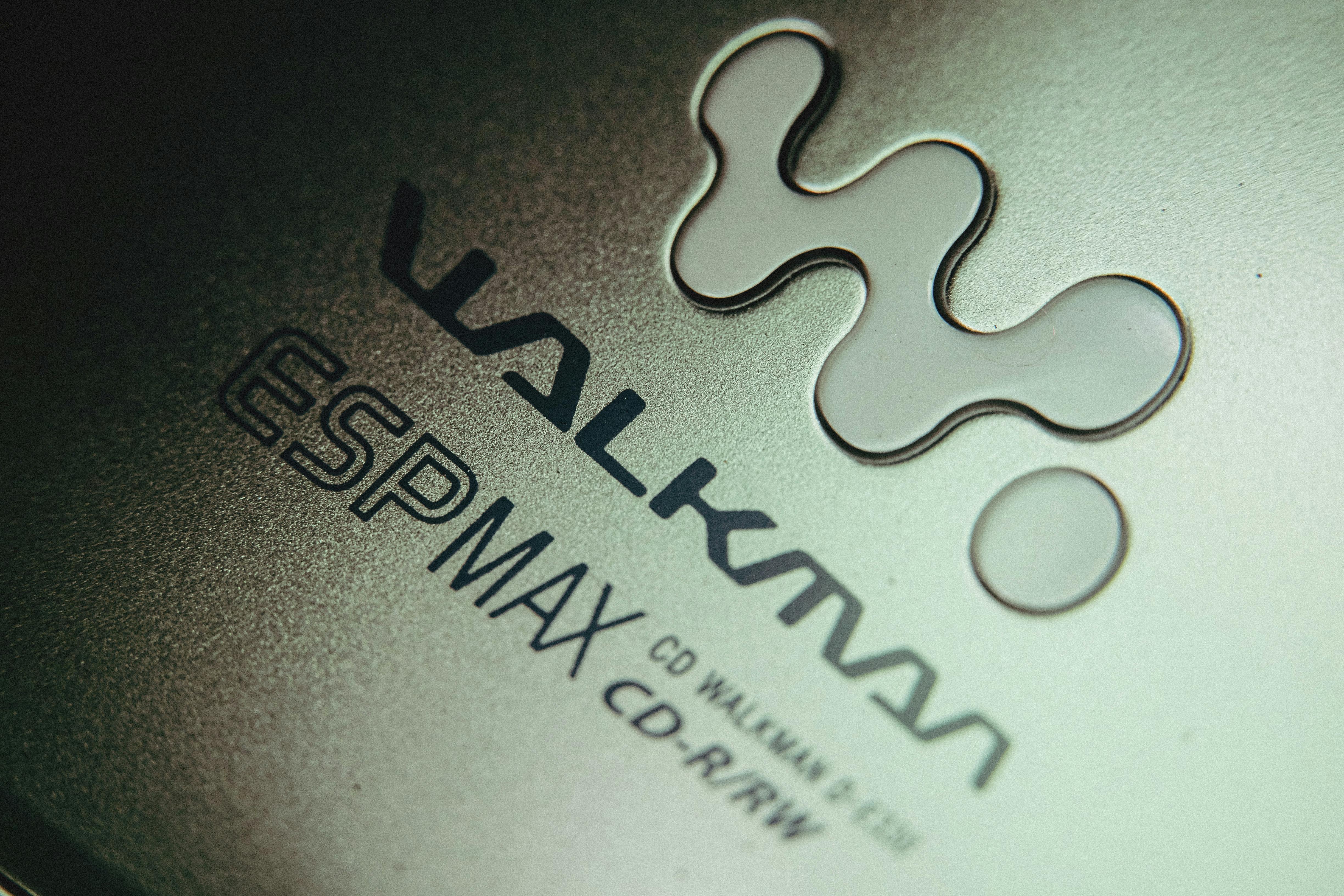Many of you have been reading my articles for some time and know how much I emphasize teaching with the child in mind. But for those of you who aren’t familiar with my articles: Workbooks are fine for reinforcing what a student already knows, but they aren’t very effective at teaching new concepts. Forcing children to learn with inefficient methods is like trying to fit round pegs into square holes. It wastes a lot of your time and theirs.
The most successful methods are those that listen to the child and adjust accordingly. Sequencing is one of the few reading comprehension elements that I recommend teaching kindergarten students, and there are several fun and easy ways to do it. Studies show that young children learn best while playing. Using the game to teach is very simple and yet very effective. These are just some examples.
Begin by explaining to the child that sequencing means putting a story in the order things happened. For example, you could say, “If I told you to put the milk in the refrigerator, would you walk to the refrigerator before you pick up the milk?” Ask them, “why not?” “So sequencing means telling a story in the exact order that everything happened.”
I. Activity one (can also be done with preschoolers)
A. Take child for a walk and point out important markers as you go (example: large tree, stop sign, greenhouse, ext.). Ask the child to help you find your way back by pointing to the markers in reverse order.
B. Once you return to your starting point, discuss with the child how important it is to notice the markers in the correct order to protect ourselves from getting lost.
C. Ask them to draw and color pictures of the land marks and to place them in sequential order.
D. This may have to be repeated several times before the child develops the brain patterns to complete this task efficiently. However, “practical learners” (50% of the population) often surprise us by how quickly and accurately they master this activity.
II. Possible extra activity (Note: For homeschooling families, this activity can be done in a cooperative setting.)
A. After completing an activity such as a field trip or baking a cake, instruct each child to draw and color pictures of different parts of that event. It is important to tell each child what she wants them to draw about, and be sure not to assign more than one child to draw that drawing. Then ask each of them to come to the front of the room holding up their drawing and saying what it is about. (You may have to remind the younger ones.) You’ll want to make sure the order isn’t in the correct sequence at this point. The reason becomes clear in the next step.
B. Now ask the children to put the pictures in sequential order. Discuss as the activity progresses. If you mess up, no problem… just recap the story in the wrong order. Ask them what is wrong with what we see here and how they would fix it. Example: “If we put the cake in the oven before adding the eggs, what would happen?” When he does any of these things right, give him plenty of praise.
third Activity two (This one is especially good because it also teaches general reading comprehension)
A. Have the child (or children, as the case may be) read you an early reader book. As you read each page, have your child operate one puppet and you the other as you reenact the story together.
B. You will have made copies of each page beforehand and marked all the page numbers on those copies.
C. Next, ask the child to put the copies of the pages in their own order. If they make a mistake, no problem…just recap the story in the order the child presents and ask them what’s wrong with this story and how they should rearrange the pages. That’s fine at this point, but you don’t have to have everything in the same order as the book… just that it’s in a logical order.
D. Remind the child how important it was to remember the exact order in which the land marks occurred in order to find their way back (activity I above). Be sure to praise all successes along with corrections. Teaching with the child in mind is fun and very easy.

